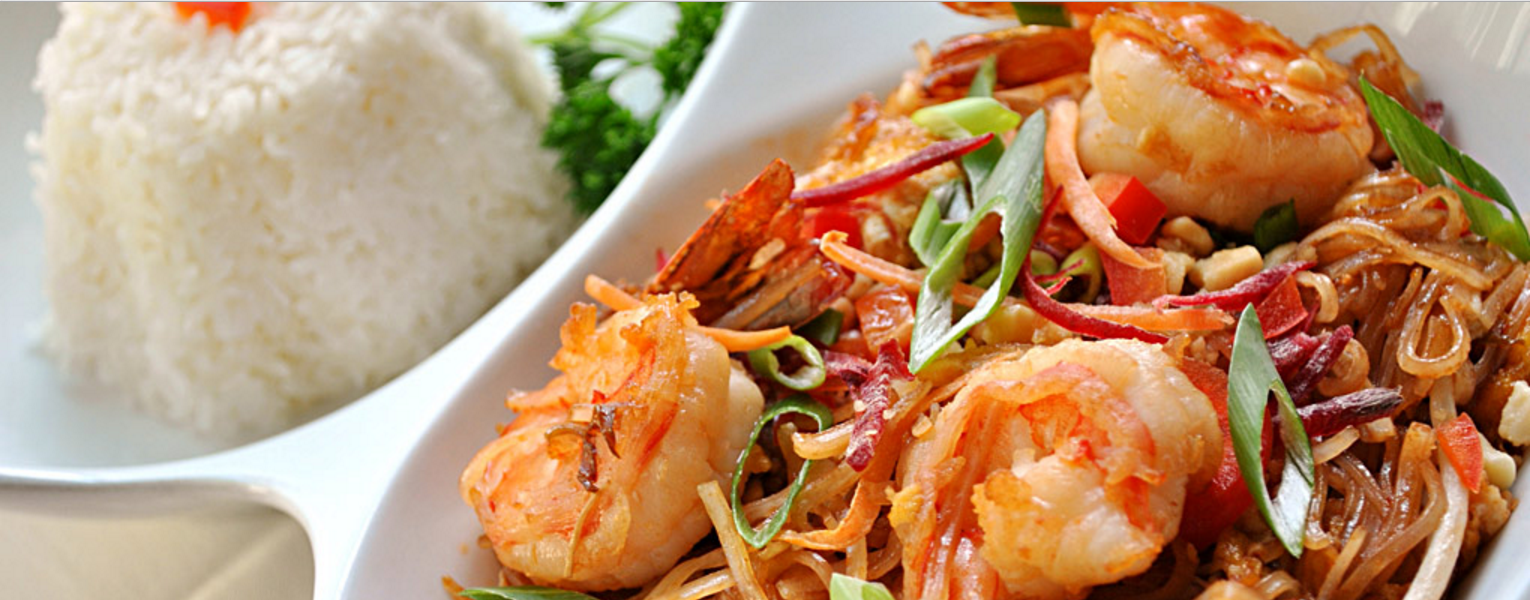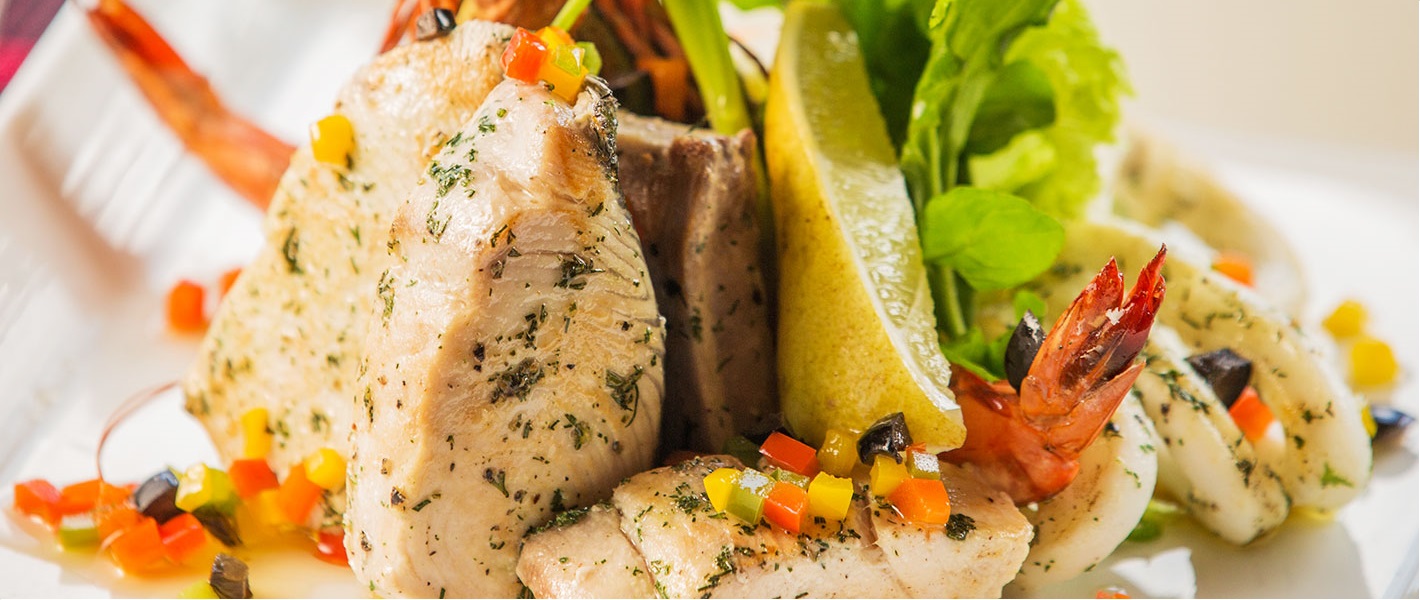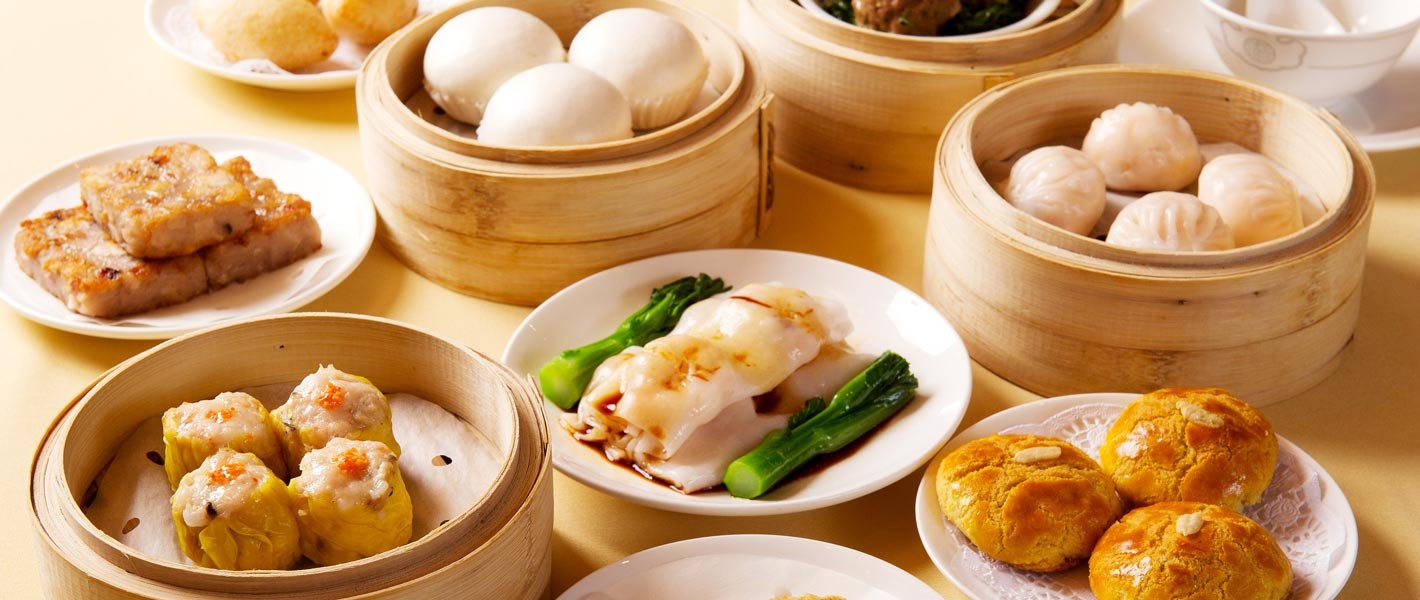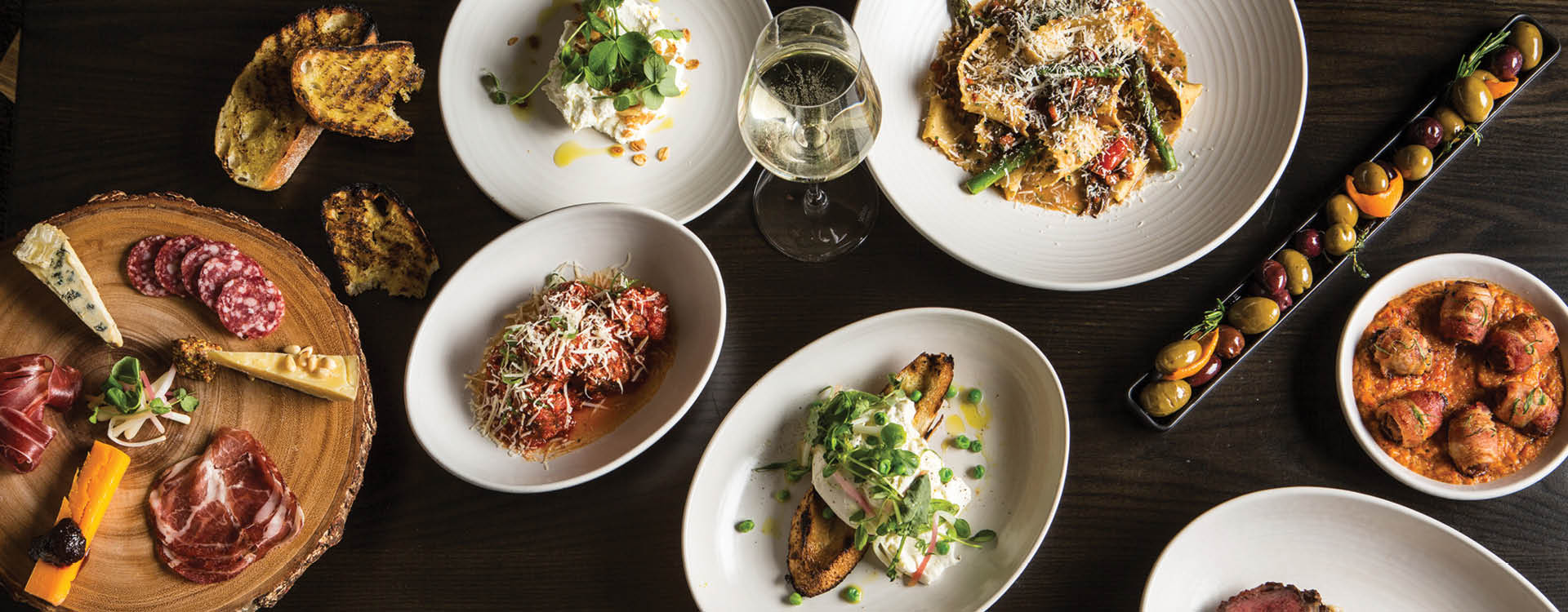Dutch Food
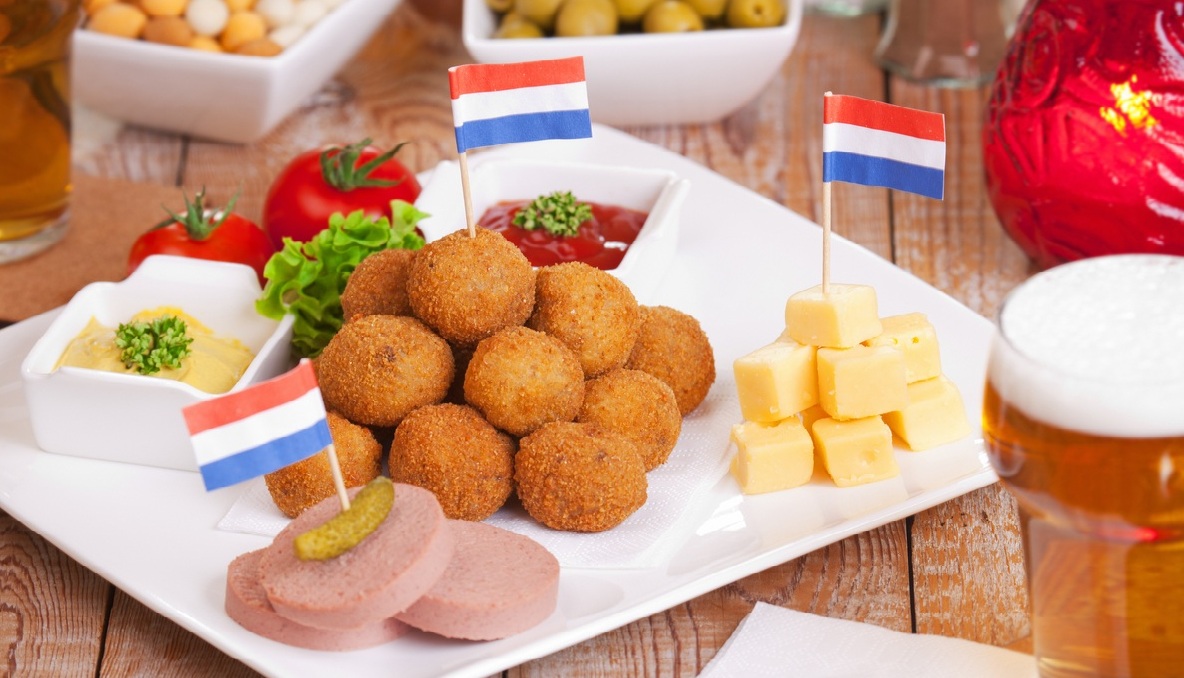
Dutch cuisine (Dutch: Nederlandse keuken) is formed from the cooking traditions and practices of the Netherlands. The country's cuisine is shaped by its location in the fertile North Sea river delta of the European Plain, giving rise to fishing, farming (for crops and domesticated animals), and trading over sea, its former colonial empire and the spice trade. Traditionally, Dutch cuisine is simple and straightforward, with many vegetables and little meat: breakfast and lunch are typically bread with toppings like cheese, while dinner is meat and potatoes, supplemented with seasonal vegetables. The diet contains many dairy products and was relatively high in carbohydrates and fat, reflecting the dietary needs of the laborers whose culture molded the country. Without many refinements, it is best described as rustic, though many holidays are celebrated with special foods. During the twentieth century, Dutch cuisine and diet changed. Influenced by the eating culture of its colonies (particularly the Dutch East Indies), it became more cosmopolitan and most international cuisines are represented in the major cities.





